Category: Game Development
-
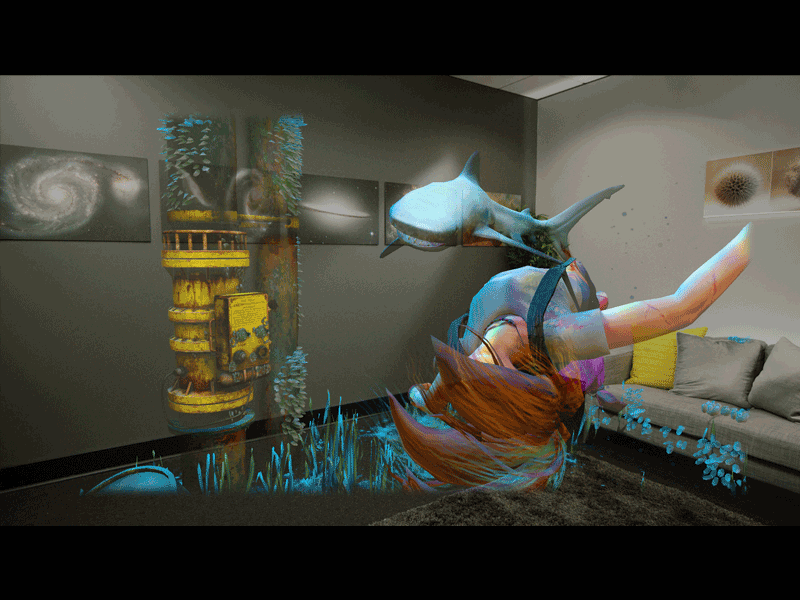
Fragments: Design for Mixed Reality
Anyone who knows me knows how extremely excited I was for the HoloLens, the Mixed Reality device being developed by Microsoft. When I saw the live demonstrations of the device, I knew I had to have it. All that being said, as excited as I was about the HoloLens, I was excited about it for…
-
Helping with Your Game Dev Homework
Hi Blog! Recently, a student (I’ll leave out details) emailed me these questions about the process of game development and how to get started. I haven’t posted since MAGfest, so I decided to answer them here too. That way anyone who is interested in answers to some basic questions can see them. I think beginners…
-
Philly “Move Your Body” Game Jam
The game jam at Philly Dev Night this month was a huge success! I was really happy to be able to sponsor such a cool event and participate in playing all the games! The secret theme that we announced at the event July 2 was “Move your body.” This year I’ve gotten really interested in gamifying…
-
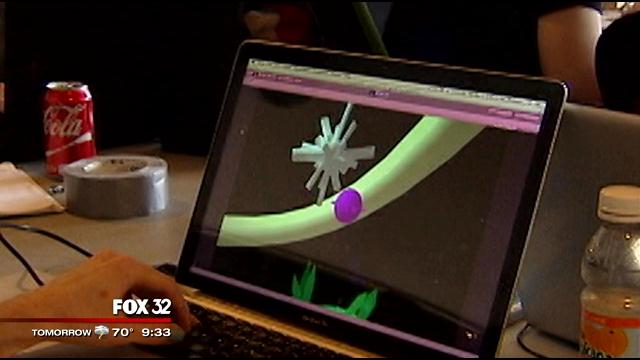
MomJam – The Voxelles Mother’s Day Game Jam
I’ve remarked quite a bit in the past about “Dad Games:” the gamification of fatherhood that seemed to be a recent fad in AAA game design. But the inevitable question arises: where are all the Mom Games? When I say “games about moms,” many people mention “well, there’s that one with the badgers” (Shelter). Cart…
-

Learn Some New (or older) Game Technology!
Having just got back from GDC, I saw a little bit of That Reddit Post that’s going around. If you haven’t seen it yet, don’t worry about it, though I for one support colorful hair and hugging (As I said in so many words on Twitter – Hug a Dev – Ask First). Specifically, though, I want…
-
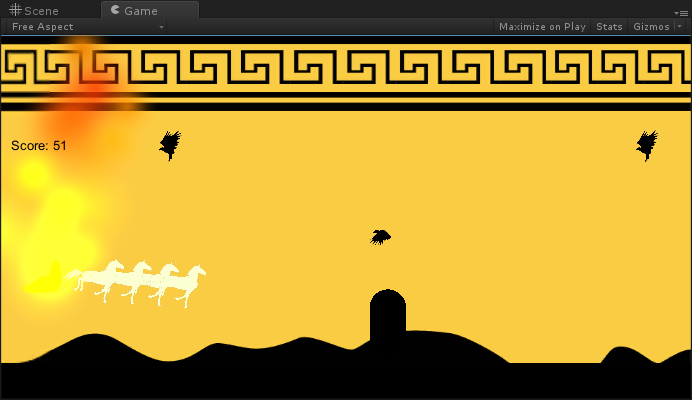
Sun Run: HUD Stuff
My game more or less works now. I added an additional enemy type, a “hill” that the player can crash into. I also added a quick HUD that shows a score which increments as the game progresses. None of the things I’m showing right now look nice. The hill is just placeholdered with the “capsule”…
-
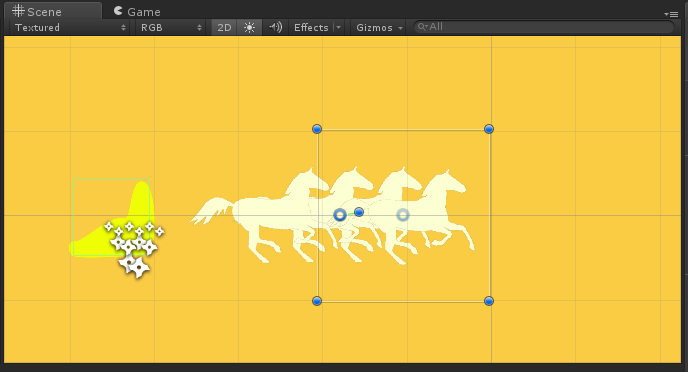
Sun Run: Physics
This part of the Sun Run project is the part that has taken me like, forever. Hopefully in this post I will be able to condense what took a lot of trial and error for me into some quick useful help for you. What I would like in this game is the feeling that the…
-
Sun Run: Adding Some Runner Mechanics
I hope everyone had a good weekend! It was a holiday here, which is why I slowed down development (to work on a different project actually, but also see The Edge of Tomorrow and play Shovel Knight, both recommended) but now I’m back! Let me talk about how I went from having some sprites to…
-
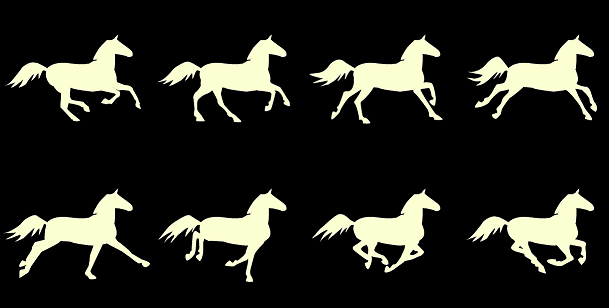
Sun Run: Sprite Strategy
For most of these dev blogs, I’ll assume some basic Unity familiarity, like someone who has attended one of my Unity Getting Started talks. But I’ll explain some specific stuff about my progress. If it’s a little too basic, or if I go too fast, let me know by giving me feedback in comments or…
-
On XBox One Self Publishing
While I was at IndieCade East (read my Tap-Repeatedly article here!) I saw a talk about self-publishing for Indie games on the PlayStation 4. What a lot of indie developers that I talked to didn’t realize is that self publishing on XBox One is also a thing. If you’re interested in being on the One,…